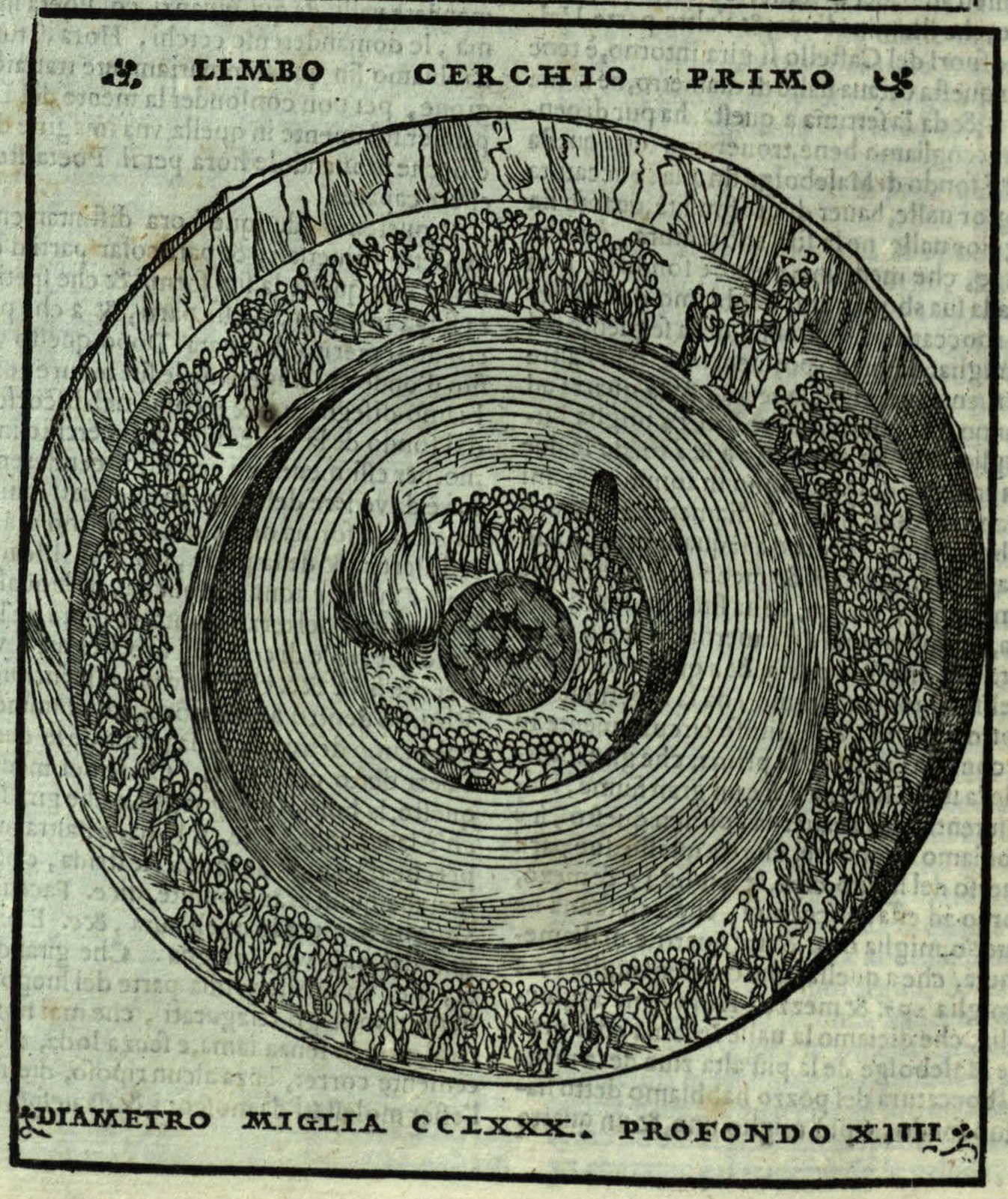Step 4: Dante

Why has Dante organized the sins like this? It is not until canto 11 of the Inferno that Dante offers the reader an explanation, which itself is problematic.
Dante’s ideas about sin are based on Christian ideas about the 7 deadly sins, but also on his reading of non-Christian writers such as Aristotle and Cicero. He mixes these with his own ideas to produce this carefully organized classification of sin.
Two basic underlying principles are belief in God so that every sin is an offence against God; and the idea that rationality is essential to what it means to be human so that sins involving the misuse of reason are worse. Circles 2-5 are sins characterised by a lack of self-control. The remaining 4 circles make up the lower part of Hell. Violence (7th circle) is characterised as animalistic behaviour, and so a rejection of rationality.
The two last circles represent a deliberate misuse of rationality – of the thing that makes human beings human. ‘Ma perché frode è de l’uom proprio male, più spiace a Dio…’ ‘But because fraud is an evil proper to man, it displeases God more…’ (Inferno XI, 25-6) The 8th circle punishes deceit against other people in general, the 9th deceit practised against those with whom the sinners have some particular bond of trust; family, homeland, guests, lords and benefactors. Some of Dante’s thinking and categories are clearly in terms that belong to the 14th century, but sadly many forms of behaviour described are still only too familiar.
